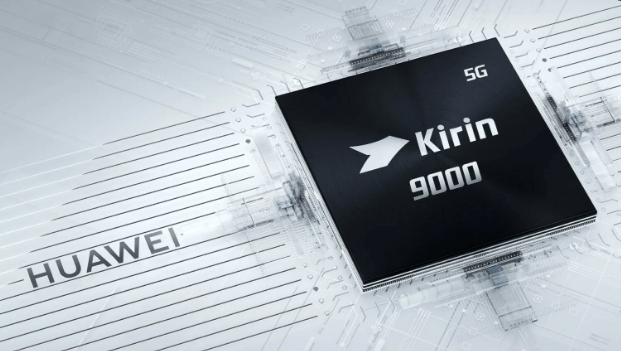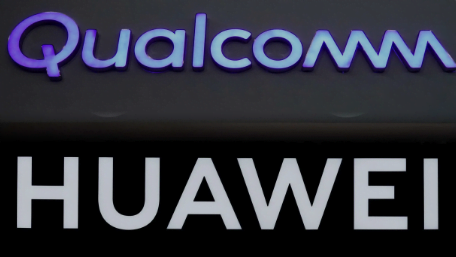Introduction
Huawei no longer needs Qualcomm chips
Recently, Qualcomm, a top semiconductor company based in America, has verified that Huawei no longer needs Qualcomm chips. This statement is made as tensions continue between the US and China regarding trade and technology limitations. Qualcomm’s CFO confirming that Huawei will not buy 4G chips from them in the future highlights a major change in the worldwide technology scene.
The background of the Huawei – Qualcomm partnership.
Over the years, Huawei and Qualcomm have experienced a mixture of teamwork and rivalry in their relationship. Huawei, established in 1987 by Ren Zhengfei, started out producing telecommunications equipment and later broadened its presence worldwide.
The Chinese government helped the company become successful by providing loans and implementing policies that benefited local companies, allowing Huawei to effectively compete in the telecommunications equipment industry.
However, Qualcomm, founded in 1985, has played a significant role in the wireless communication and semiconductor sectors. The mobile technology landscape has been greatly influenced by the company’s advancements, including the creation of CDMA technology in 1989 and the release of the Snapdragon processor in 2007.
The competitive dynamic between Huawei and Qualcomm shifted as Huawei began manufacturing its own processors and modems, directly rivaling Qualcomm’s offerings and declared that Huawei no longer needs Qualcomm chips.
The rivalry grew stronger as Huawei made significant investments in 5G communication technologies, emerging as a major competitor of Qualcomm in this field. But, following the U.S. ban on Huawei, the Chinese company lost the ability to acquire crucial technologies necessary for chip manufacturing. Because of this, it had no choice but to depend on Qualcomm chips for a couple of years. Nonetheless, it only had the ability to use Qualcomm’s 4G chips.
Huawei’s move towards autonomy.
Huawei no longer needs Qualcomm chips is a calculated step towards achieving autonomy. The company has been actively focusing on creating its own chipsets, specifically the Kirin series, for its smartphones.

This change is viewed as a reaction to the current trade conflicts and limitations enforced by the United States regarding Huawei’s accessibility to advanced technology and components.
The move towards autonomy of Huawei is evident in the newest flagship smartphones, the Huawei Pura 70 series. Reports suggest that this series incorporates a higher number of Chinese-manufactured components than parts from all other countries put together.
This decision is in line with Huawei’s plan to lessen its dependency on overseas providers and boost its ability to be self-sufficient following US sanctions and trade constraints.
Both the Pura 70 Ultra and Pura 70 Pro models in the series feature a variety of components sourced from China. This comprises of memory chips as well as the advanced Kirin 9010 processor.
LIMITED EXPORTS AFFECT DECREASE
The cancellation of export permits for Qualcomm and Intel, two leading American chip manufacturers, will not heavily affect Huawei’s mobile phone processors. This is because Huawei has its own Kirin chipsets that are utilized in its smartphones.
Additionally, the corporation has been focusing on expanding its Kirin technology to other significant devices, such as laptops, in order to decrease its dependence on Intel.
Huawei is working on creating a Kirin processor specifically for PCs. This chip is expected to surpass the performance of mobile chips like Apple’s “Pro” and “Max” models. The upcoming chip is expected to have a multi-core performance that is similar to the M3, allowing it to be a strong competitor in the market.
Huawei continues to expand despite facing obstacles.
In spite of the obstacles from trade tensions and restrictions, Huawei has still managed to grow and expand its operations. In 2023, the company saw a notable rise in earnings, totaling nearly $100 billion in revenue. The increase is a result of Huawei’s emphasis on advancing its own technology and decreasing its dependence on overseas components.
The growth of Huawei’s mobile phone shipments and revenue in Q1 2024 was substantial. Reports indicate that Huawei saw a 564% year-on-year increase in net profit for the first quarter of 2024, reaching around 19.65 billion yuan (approximately $2.8 billion).
The increase in profit is mainly because of the company’s impressive results in the Chinese smartphone sector. In terms of mobile phone shipments, Huawei holds the top position in the Chinese mobile phone market. Huawei experienced a 70% growth in mobile phone shipments in China during the first quarter of 2024, helping boost its overall expansion.
FINAL THOUGHT
A fact that Huawei no longer needs Qualcomm chips represents a change in the worldwide technology scene. Huawei’s choice to shift from using Qualcomm’s processors to creating its own chipsets is a deliberate step towards self-reliance and a reaction to the trade disputes currently taking place.
Huawei’s decision to utilize its Kirin processors in its smartphones from 2024 onwards could potentially affect Qualcomm. This could result in a decrease in Qualcomm’s sales to Chinese mobile phone manufacturers. This action taken by Huawei shows a wider pattern of the company seeking more autonomy and diminishing dependence on overseas providers, especially due to trade disputes and restrictions enforced by the United States.
In spite of encountering obstacles from export limitations and bans, Huawei has displayed resilience and expansion, disclosing a significant rise in revenue in 2023 and a notable spike in net profit for the initial quarter of 2024.
The company’s dedication to advancing its technology, such as the Kirin chipsets, has played a crucial role in its ongoing success and growth, especially in the Chinese smartphone market where Huawei has once again become a leading competitor in terms of phone deliveries.
What are your thoughts on Huawei’s ability to withstand challenges in the smartphone industry? Despite the numerous bans, has the company done well? Share your thoughts with us in the comments section.
